Elusive stop-motion animators, rejecting gray hairs, and the ubiquity of rectangles
Coleen Baik recommends a few of her favorite Substack posts
This week’s edition of Substack Reads was curated by Coleen Baik, who writes about life through the lens of making things on on Substack. Coleen is a multidisciplinary artist and writer based in NYC. Her short films have screened at the Brooklyn Academy of Music, the Everyman Theatre in London, and in domestic and international festivals. Her latest, 엄마 나라 | Mother Land, premiered at the Brooklyn Film Festival this past June. She’s currently working on her next animated short and a collection of essays. “Other Mother,” the first in the collection, was published this past April in Roxane Gay’s
Some of her most popular recent posts on are “Magic,” “Bridge,” and “Fallow.” If you enjoy Coleen’s edit today, be sure to subscribe to her Substack.I’ve been sharing what goes on in my art studio on
since April 2021. When I began, I never imagined that I’d have thousands of readers supporting my creative practice just a few years later. I treasure the community I’ve found on the platform; there’s so much wisdom, heart, and camaraderie among Substack writers. Many have become friends.I love so much of what I read here! But to whittle a long list down to this short one, I used the following criteria (with minor exceptions): the publication must be more than six months old, have published at least 10 issues, regularly provide free content, publish at least every other week, and have subscribers in the single-digit thousands or fewer. I’m excited to share a few excellent and lesser-known publications.
There’s an earnestness in the voice of each of these that warms me. With all the gaming and transactionality that we feel driven to engage in today, I jumped at the chance to give some love to those that seem to prioritize connection and giving. Each of the following issues resonated with me on a personal level, and I learned something new from all of them.
Oh, and since we’re shifting into fall, I thought it’d be fun to share a cozy sip-and-bite pairing for each selection. So settle in and get comfortable! Most of all, enjoy.
INTERVIEW
“Images heard and a music seen”: A conversation with the Brothers Quay
—
inI first discovered the Brothers Quay over a decade ago when SF MoMA featured a retrospective on their work. I was mesmerized, and a superfan was born. So when this issue dropped into my inbox, I ate it up. Not enough people talk about these elusive stop-motion animators, identical twins from outside of Philadelphia who’ve long lived in Europe and are notoriously secretive. Alex writes clearly, simply, and beautifully about animated short films, and his newsletters are a delight to read.
is a relatively new publication, but it already seems to be garnering a well-deserved audience.Enjoy with bourbon + Askinosie 88% Super Dark Blend dark chocolate.
In their relentless quest to rationalize and classify, critics have pinned all kinds of labels onto the Brothers Quay’s enigmatic oeuvre. Most often, they resort to some variant of “Mitteleuropa of the mind”—a reference to the pantheon of Central European filmmakers, writers, composers, and graphic designers who have been the most conspicuous influence on the twins’ works of puppet animation (and, at times, live action).
But this description doesn’t quite fit. For one thing, some elements of the Quays’ films that are held up as evidence of their European sensibility—trams, the shadow of industrial decline—are also features of Norristown, Pennsylvania, where they grew up before emigrating to England in the 1970s. For another, it belies their omnivorous cultural appetite and openness to chance encounters, which are sustained by regular travel across the world.
BEAUTY
I’m not ready to embrace my grays
—
inI’ve been reading
for a while. Jenna is no stranger to publishing online—she used to blog about food for many years—but I think her writing resonated with me because we’re both Korean American women living in NYC, and we’ve other overlaps that we both write about (losing a parent, for instance). I appreciate how candidly and straightforwardly she writes about topics like menopause, financial strain, loss—and, yes, graying hair. I’m grateful for voices like hers and aspire to be as vulnerable.Enjoy with a decaf flat white + a slice of birthday cake garnished with real flowers.
When the first few gray strays of my early thirties multiplied into dozens of strands in my mid-thirties, I ran straight to the local drugstore and purchased a box of hair dye. I wasn’t picky or brand-loyal—Revlon, L’Oreal, Garnier—it didn’t matter. I grabbed whatever box of ash brown was on sale.
And now, I get an auto subscription delivery from Amazon for two boxes of L’Oreal every eight weeks. Not only do I continue to dump chemicals on my head, I’m also giving Jeff Bezos my hard-earned money and emitting more carbon emissions into the atmosphere. Oh, the vanity and convenience!
It all makes me question if I’ve really accepted aging, because clearly I’m not one of those women who are living their authentic, gray-haired selves. On the contrary, I’ve been trying to cheat nature for twenty-one years.
FILM
Let’s chirp
—
inZach Bautista had me at “a series of French films I recently watched.” I’m a French lit major, and Jules et Jim is one of my favorite films (a framed one-sheet of Jeanne Moreau lives in my bedroom). I randomly discovered this issue as a restack in my Notes feed, and I immediately subscribed. There’s a lot here: introspection; recommendations for music, film, literature, and fashion; the highbrow and the -low—and it all pulls together into one beautiful feeling.
is a portal into the musings and eclectic knowledge base of this “aspiring writer, full-time healthcare professional, amateur home cook, and unabashed believer in love” (I mean!), and I feel more human just reading it. Who doesn’t want more of that in their lives?Enjoy with lapsang souchong + brie and fig jam on buttery Bath crackers.
Between 1959 and 1979, amongst his other work, Truffaut made a series of five films following Doinel’s character. Throughout the series’ entirety, Doinel was played by the same actor. And this is the case for most of the series’ characters who reappear in each film over two decades. Although the idea of actors reappearing for several films in a series isn’t a completely unique thing to us now (see the 10-year run of Harry Potter films or the endless cash-cow Marvel movies), the series itself has a completely different feel to it. Knowing that the character is loosely based on Truffaut himself, it feels much more autobiographical and it invites viewers to examine themselves to see how we might also change (or not) with time.
LITERATURE
The no-bullshit guide to annotating your books
—
inThis one is for book nerds. It’s another post I found via a restack in my Notes feed, and it immediately resonated—despite the fact that I don’t particularly subscribe to her annotation process. I go to great lengths to not write in my books, for example. I even avoid buying used, because on-page annotations can be so distracting. But I maintain reading journals, use page tabs, and collect quotations, and I felt seen when Petya Grady talked about using the back side of notebook pages for random jots. The thing that I’m also struck by in
is her intentionality around consumption, particularly when it comes to longform fiction. Reading literature requires muscle that I feel has been sadly atrophying among most of us, so it’s refreshing to come across someone bent on going the other way.Enjoy with rooibos tea + Costco extra fancy unsalted mixed nuts.
If you are the kind of person who has a hard time finding time to read as much as you would like, you might be wondering why on Earth you would ever even want to think about ANNOTATING your books. Doesn’t that take a lot of time that you already don’t have?! It does take extra time, but hear me out. It’s totally worth it.
But first let me back up. I was never taught how to do this in school. I took one English class in college, and—if you have been reading this newsletter for a little while, you probably can already tell—I have no idea how (or care to) really write a proper book review. BUT. I love to read, and the older I get, the more I want to go DEEP in all areas of my life—my relationships, my conversations with random people on the internet, my inner monologue. So this desire to annotate my books in order to get into them more deeply is somewhat new to me, and it is not a nostalgic reliving of my college days. I just am tired of superficiality of all kinds. I have no time for small talk but will make time for a book, even on the busiest of days. It’s just how it is for me right now.
DESIGN
Five rectangles
—
inI’ve been following Daniel for a long time, after coming across—and falling in love with—his film posters.
is a feast for the eyes, and graphic design nerds will go nuts if they’re not already addicted (he’s a known quantity in design circles). This is an older issue but it’s an evergreen post, really: featuring an iconic work by Dennis Hopper, intriguing film posters, and an icy windshield.Enjoy with a dirty vodka martini + 3 pepper-stuffed green olives.
Anyway, rectangles? Rectangles. It occurred to me the other day how much we kind of take for granted that culture is predominantly rectangular, be it on screen or paper or canvas, mostly because it fits our means of production and consumption. But it wasn’t always this way, was it? And as we make our first tentative steps into the softer-edged era of virtual/augmented reality (or whatever that leads to), perhaps it won’t be for much longer. One day our descendants will look back on this big chunk of human civilization (bookended by … what? Gutenberg and Ive?) and find it quaint that we hemmed art into these neat boxes. But for now, oh how we love our rectangles.
ANIMATION
The simplest form of entertainment
—
in is a bit of an outlier on this list because its audience is an order of magnitude larger than those of its peers. But this publication is so special—the labor infused with so much love and dedication, the staff genuinely kind and constantly giving back to the community—that I think it deserves continued amplification. The content may seem niche at a glance, but really, it’s not just for animation folks. It’s incredibly well-researched and full of fascinating history, thoughtful criticism, and little-known tidbits. It comes into the inbox like clockwork. It’s also quite accessible! I’ve discovered many gems through this publication (hello, animation in vintage ads), and it’s been lauded by folks both within and outside of animation. Peter Ramsey, the director of Spider-Man: Into the Spider-Verse is a fan, as is NYT bestselling novelist Robin Sloan. A recent issue features Norman McLaren’s breathtaking Begone Dull Care, a synesthetic experience scratched onto the film medium and enlivened by jazz. Dive in—it’s wonderful.Enjoy with a glass of Oregon pinot noir + a wedge of Gruyère.
Music stars in many classic-era American cartoons. It’s even in the titles: Looney Tunes, Merrie Melodies, Silly Symphony. Disney shorts back then often tied each movement to music in literal ways. Every footfall might line up with the score. They called it “Mickey Mousing” in the industry.
Still, there isn’t one correct way to express music in animation. You don’t need to be strictly literal. You don’t even need to use characters—for the first part of Fantasia (1940), Disney’s team illustrated Bach with lightly abstract images. Long after, Pixar did something similar with the abstract synesthesia scenes in Ratatouille.
Those parts of Ratatouille were influenced by an animator named Norman McLaren, a Scot who spent most of his life in Canada. He worked from the ’30s to the ’80s. Music was a driving force for him, but he expressed it in his own style—at times going fully abstract. His films broke ground and amazed his peers.
A key work of McLaren’s is Begone Dull Care (1949), which brings a wild piece of jazz to life with abstract expressionist animation. It captures the energy of the music in visual form. The film is raucous and thrilling, not to mention gorgeous. People took notice.
TRAVEL
Confessions of a stackholic
—
inEven though
is only three issues deep, I’m including it because it has impressed me with the unfussy eloquence with which she speaks about this warming world. Alisa has long been bringing climate stories to a global audience, and for the next few months, she’s sharing snapshots from her “slower, more intentional, more creative life” from Italy. I’ve been loving these delicious peeks into her days, and at what’s been on her table. I can’t wait to see how she continues the adventure in New York, one of the fastest-paced and highest-stacked places in the world, when she returns.Enjoy with fresh fish grilled over an open fire + a glass of natty vino.
I write to you from a small fishing village an hour outside of Palermo, where the cicadas and the Italo pop are always in acoustic competition.
Our host's entire family greeted us when we arrived. They filled our fridge with fresh lemons from their orchard, local cheese, and sweet nectarines.
Across from our apartment lives a rather leathery Sicilian couple who spend most of the year in Belgium. Throughout the summers they sit on their balcony, smoke, eat, argue, sweep, nap, repeat.
An occasional guest stops by from time to time.
These are my role models.
*spikes camera* Before we continue, I just want to put some things on the table. This will not be an eat, pray, love newsletter nor will I employ the use of dolce far niente for the next two some months. Flattening does not equate to doing nothing. It is my attempt at a slower, more present, and more intentional path with life, with work, with self.
AFFIRMATIONS
Stuck?
—
inKara Cutruzzula is the back-pocket cheerleader, angel on the shoulder, and sorely needed Monday-morning pep talk that everybody needs. Sometimes she gives you six sentences, sometimes she gives you more than that. Sometimes it’s just her talking to herself in an endearingly neurotic—and recognizable—monologue. She often makes you laugh, and will always make you feel less alone. I heard about this little gem of a Substack at an artists salon, and I love seeing it in my inbox first thing, because I know it’s going to see me right back.
Enjoy with a glass of champagne + a beautiful tin of spiced calamari, because you know what? You deserve it.
Stuck in a block? A rut? A hole?
You Need More Information.
Annoyed by someone ghosting you? Tortured by some tedious to-do you can’t figure out?
You Need More Information.
This theme has come up recently in my own life, my friends’ lives, and the lives of people I coach and mentor.
When we don’t know something, it’s easy to feel lost or—frankly—like a dumb-dumb.
But you’re not lost. You’re not a dumb-dumb.
YOU SIMPLY NEED MORE INFORMATION.
Recently launched
Noteworthy
Inspired by the writers featured in Substack Reads? Creating your own Substack is just a few clicks away:
Substack Reads is a weekly roundup of writing, ideas, art, and audio from the world of Substack. Posts are recommended by staff and readers, and curated and edited by Substack’s editors.
Got a Substack post to recommend? Tell us about it in the comments.

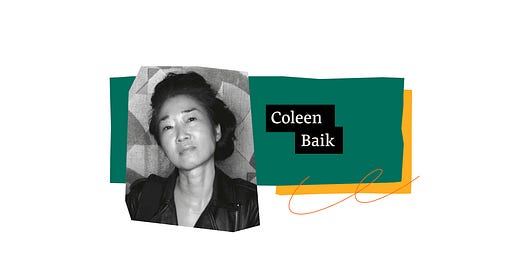





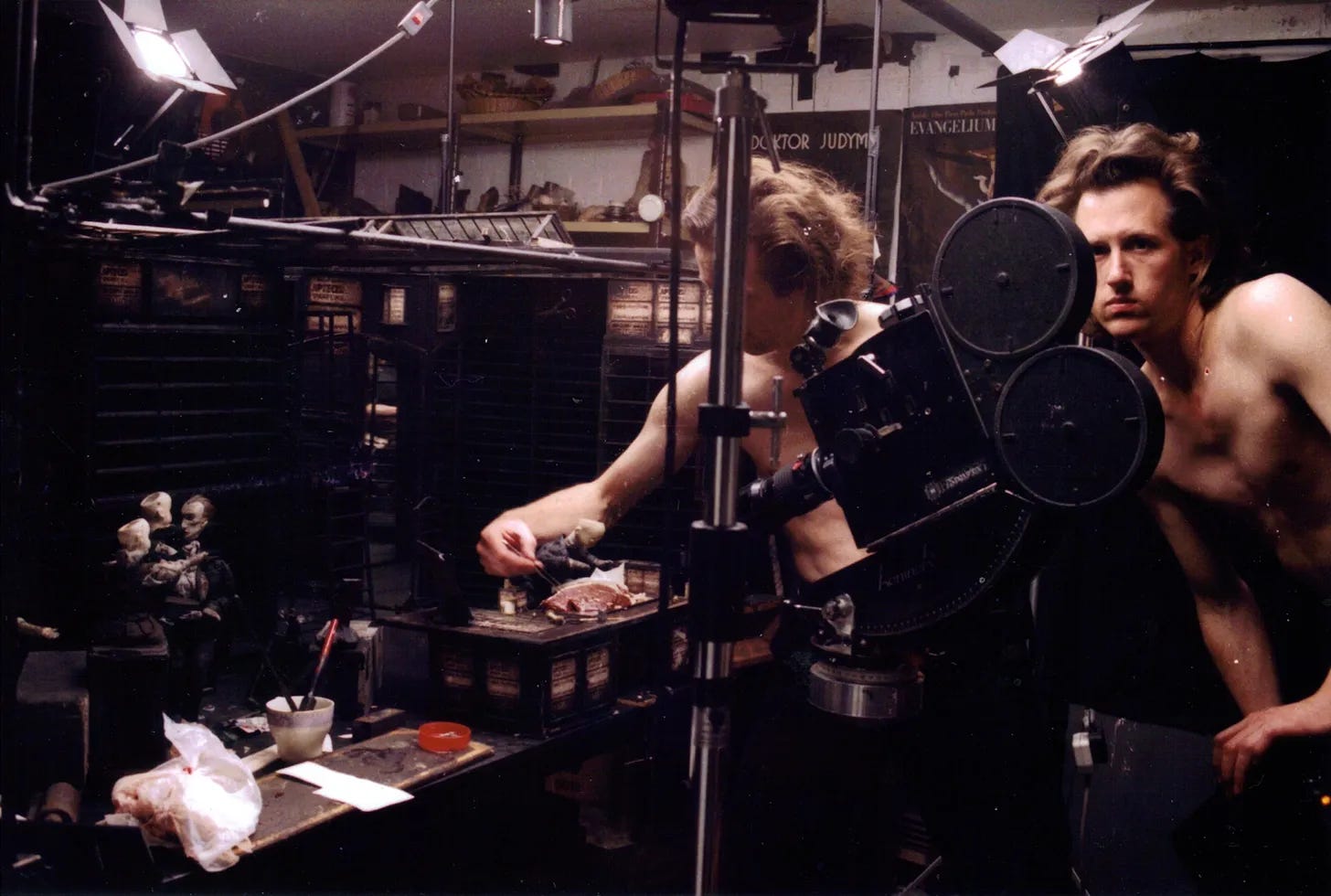

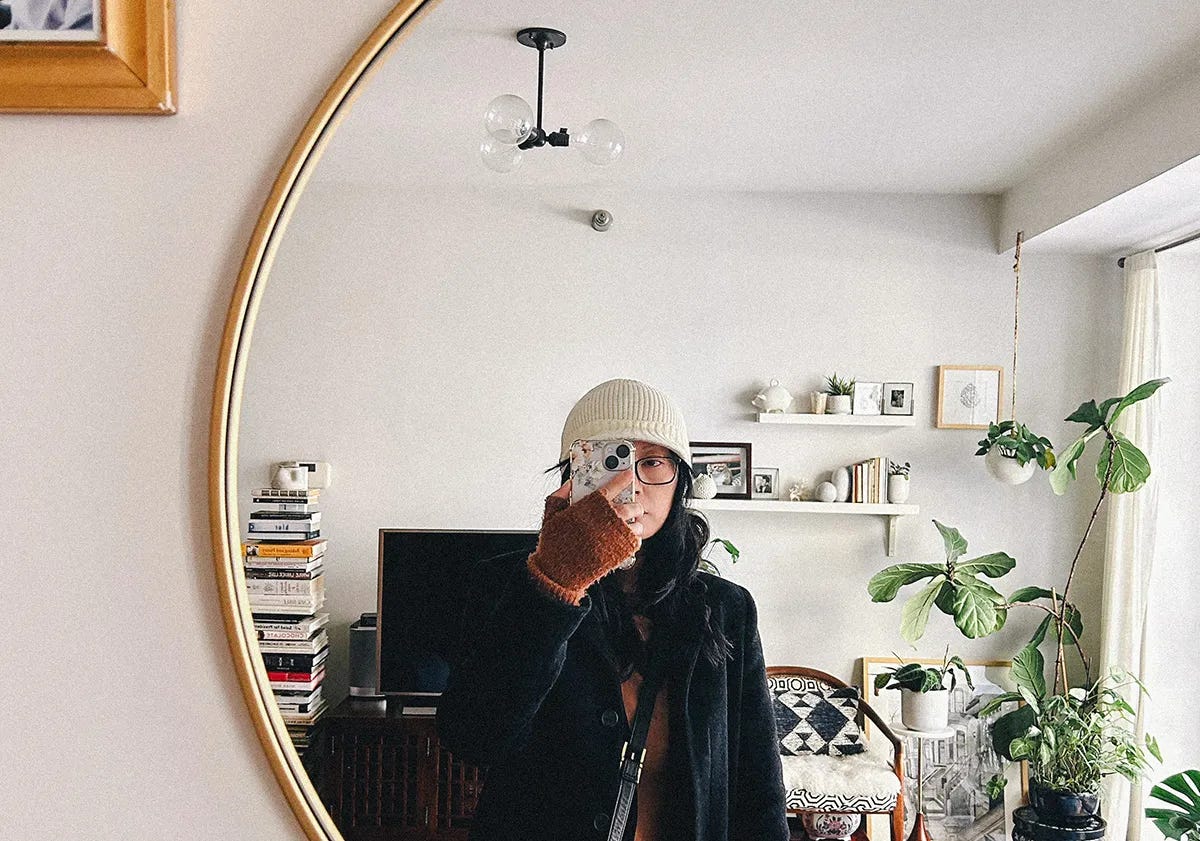

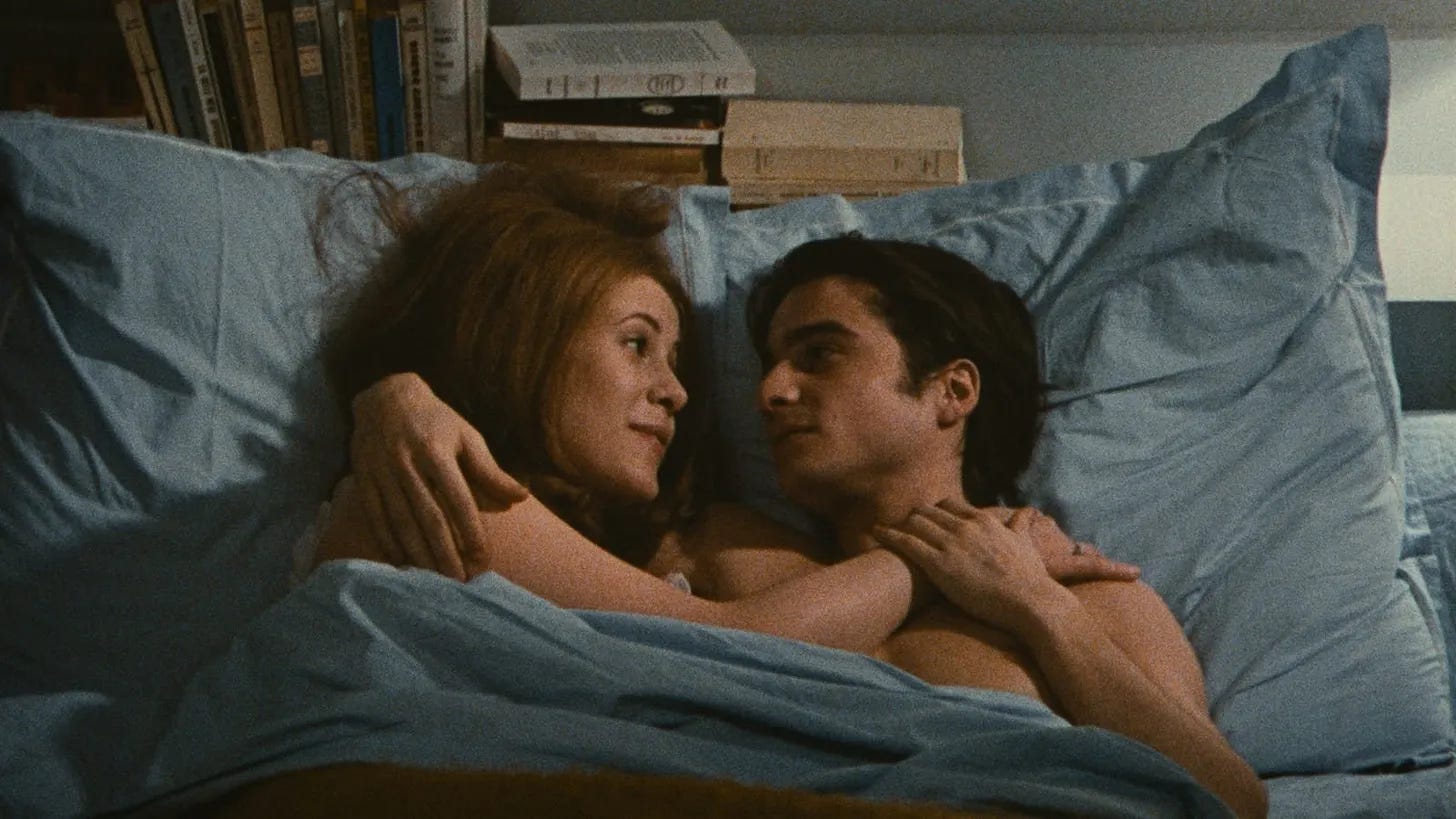

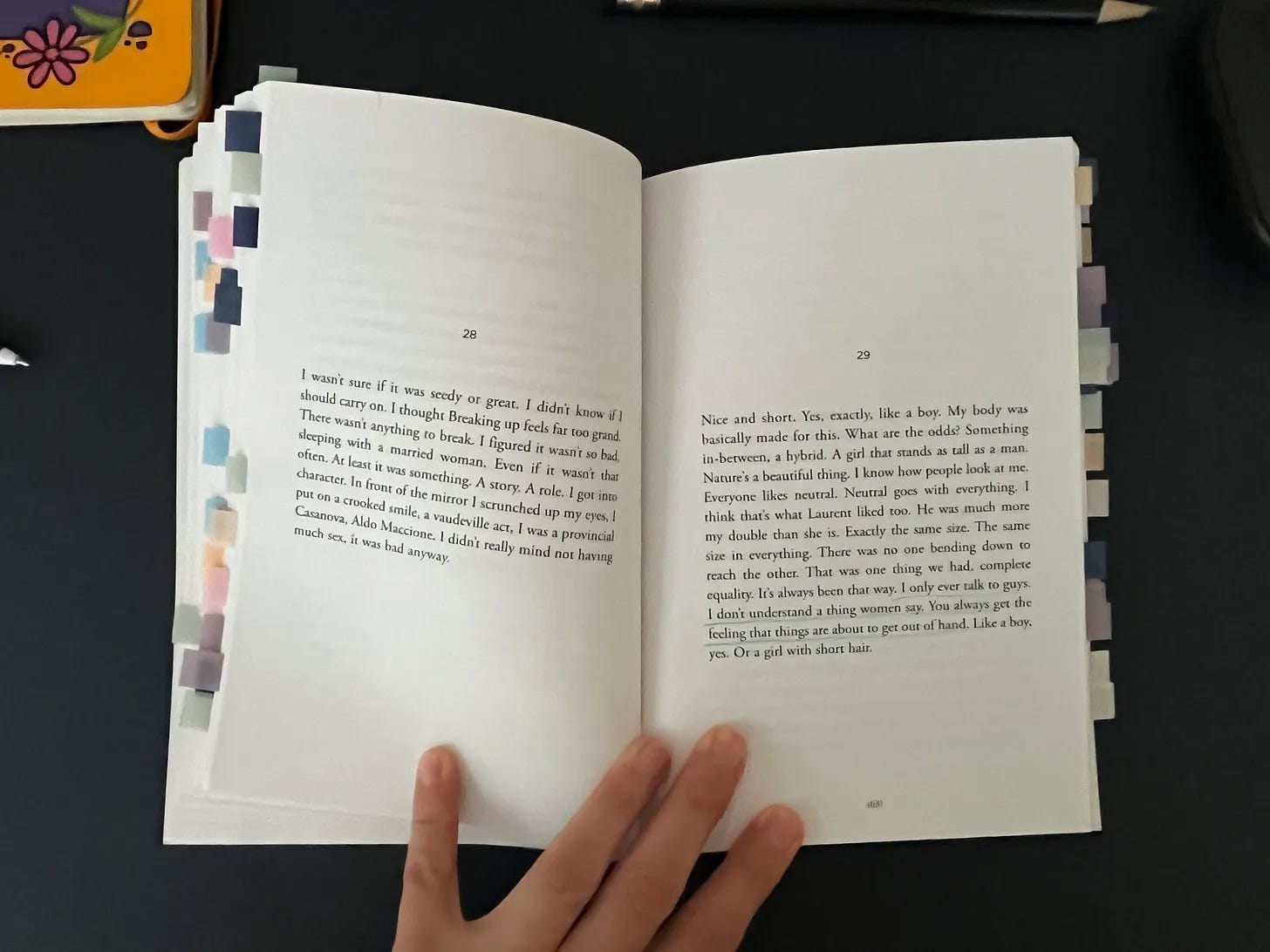

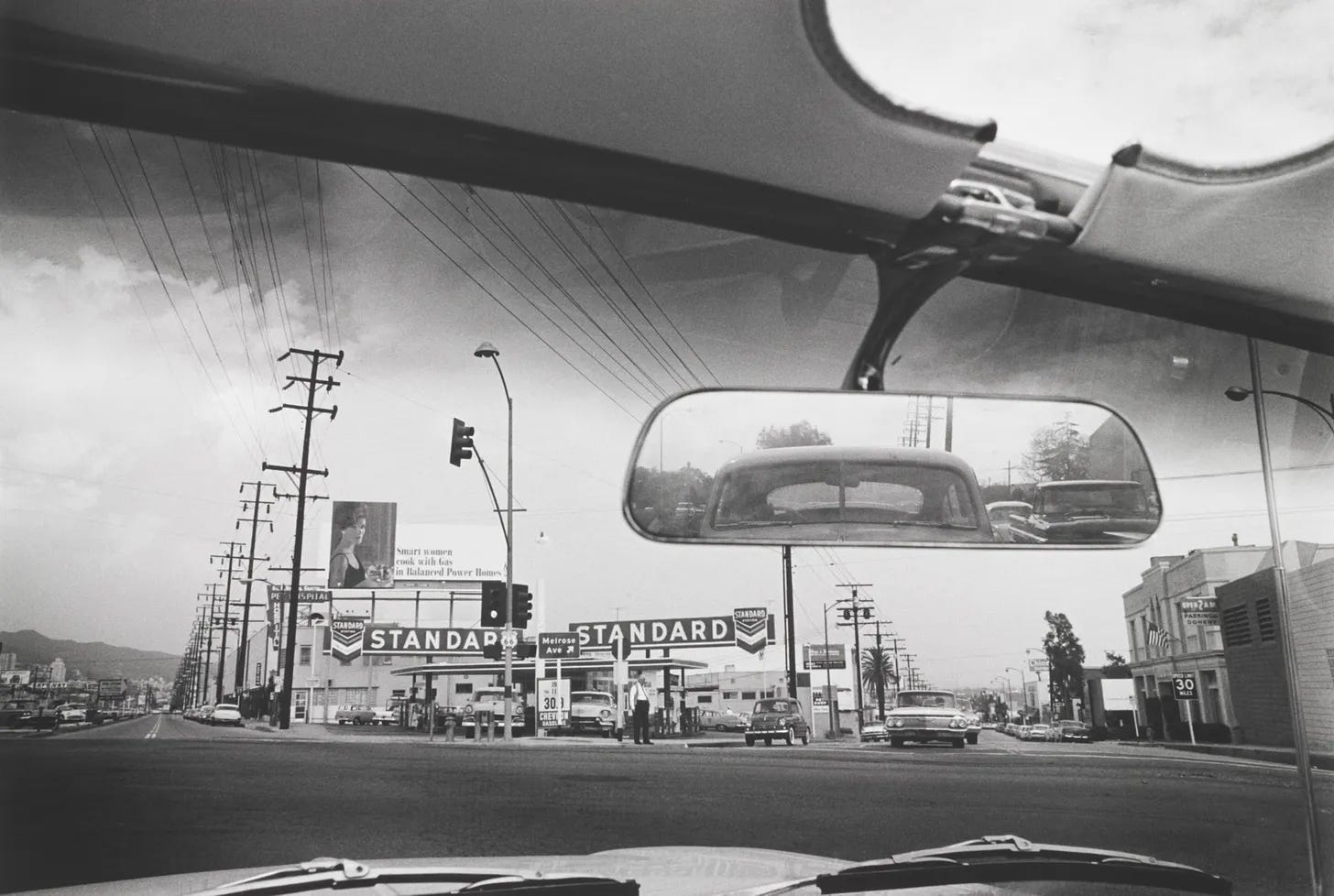

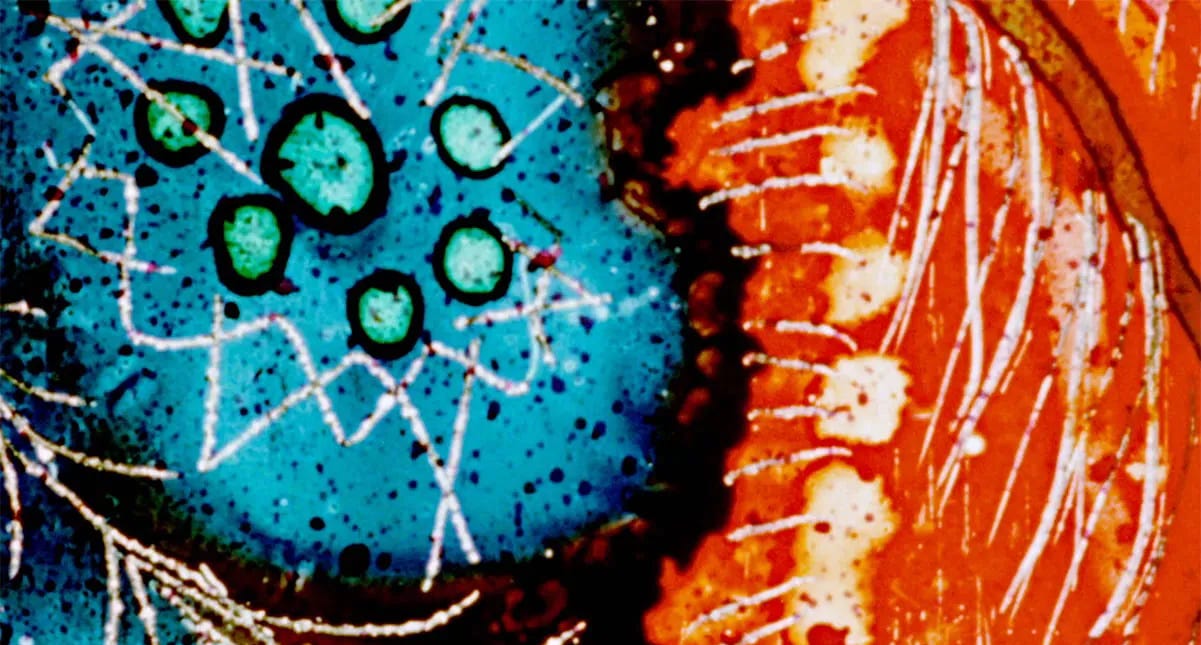





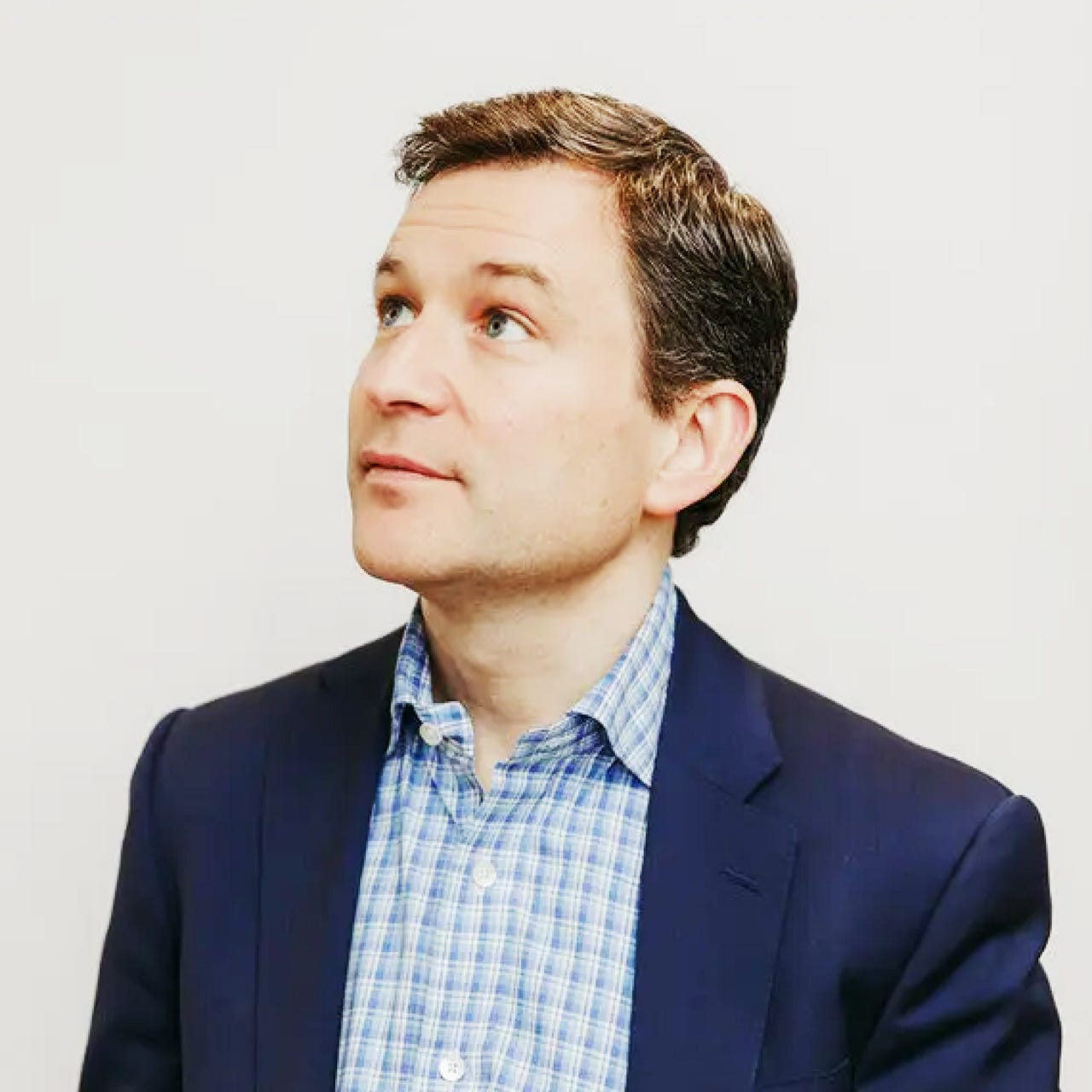

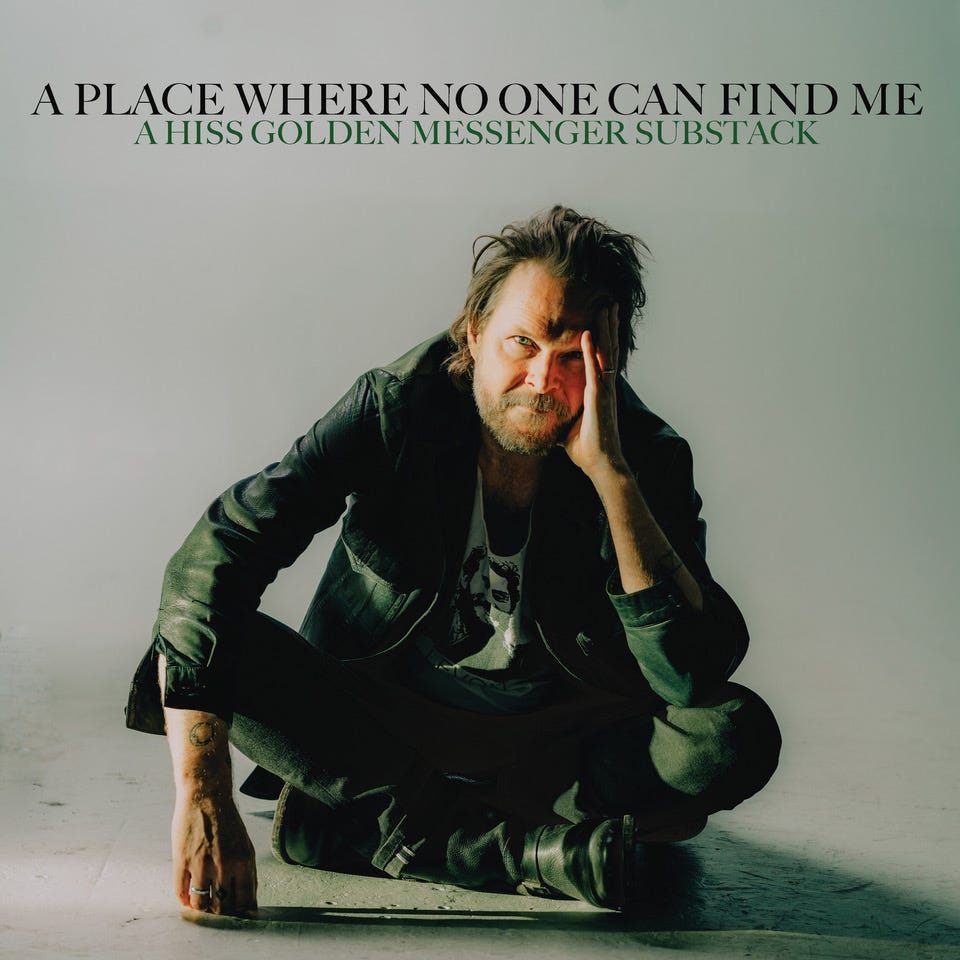
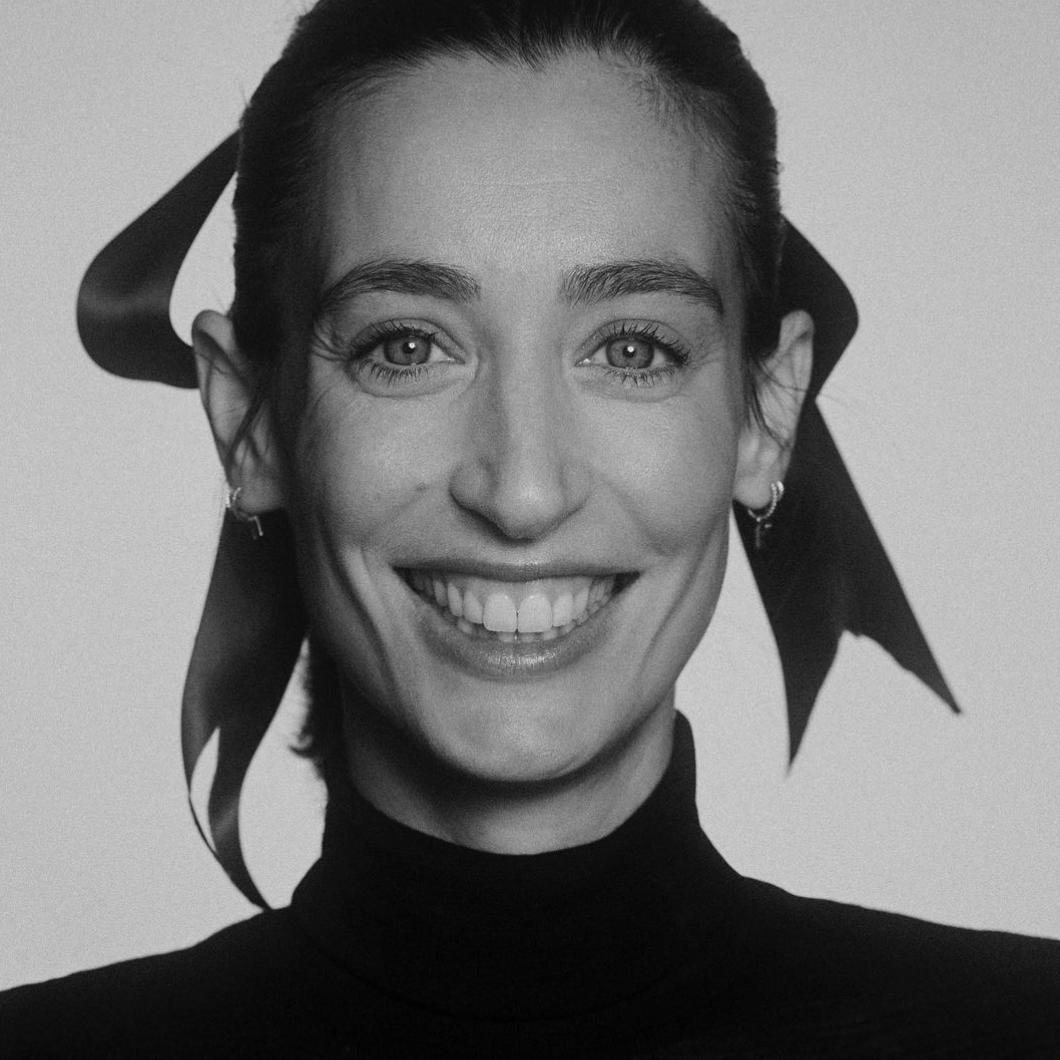
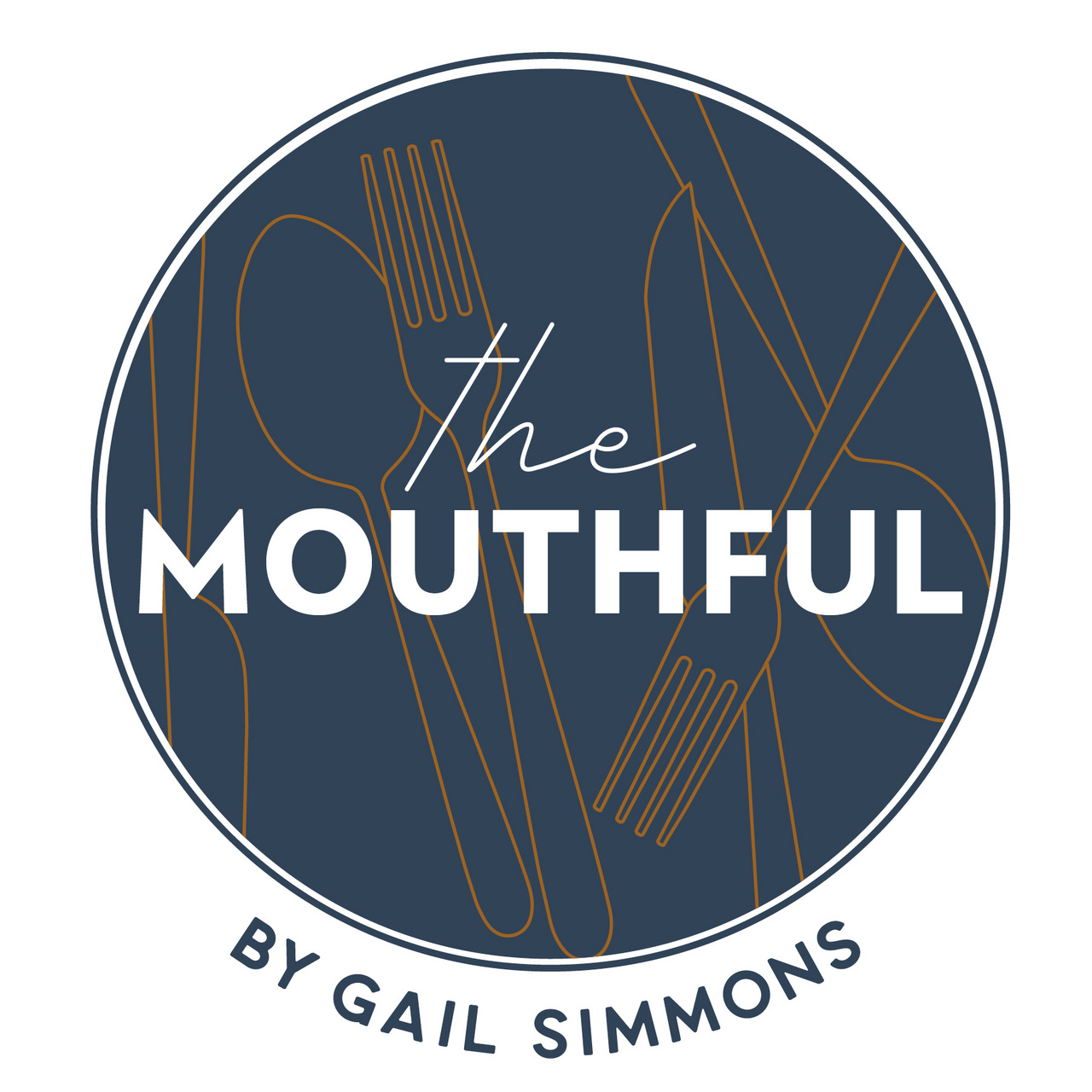


Substack Reads is designed to showcase the remarkable work and fascinatingly varied perspectives that have found a home on the platform. We welcome thoughtful criticism and conversation, but comments that are off-topic, rude, disparaging, or derogatory will be removed. In other words: If you can’t say something kind, at least say something interesting.
😊😊😊